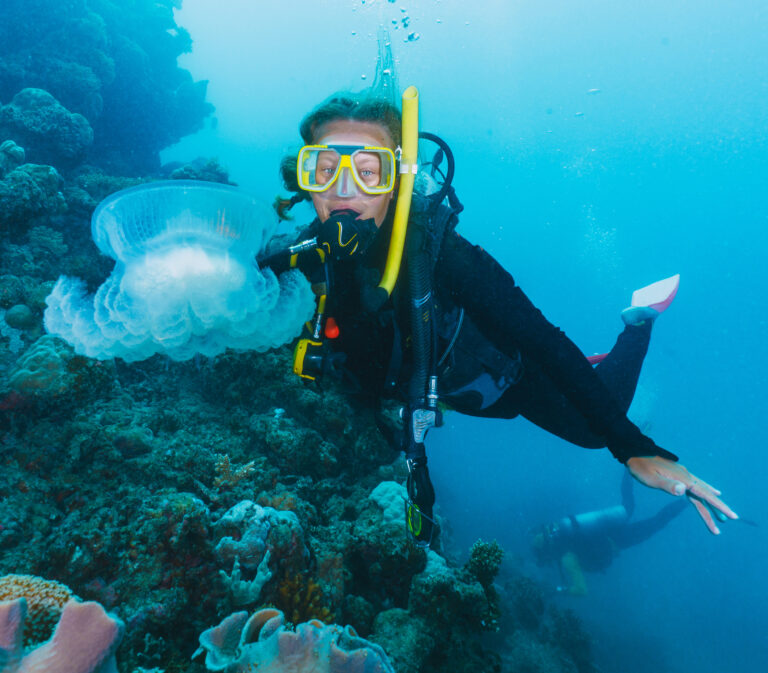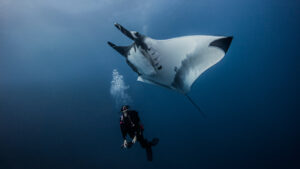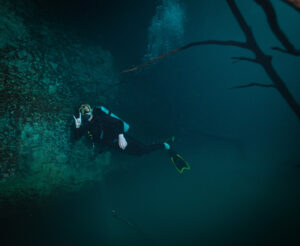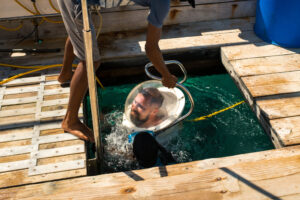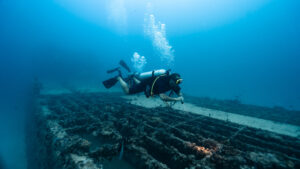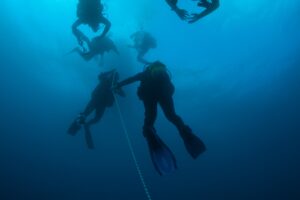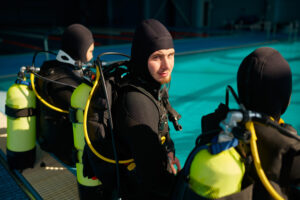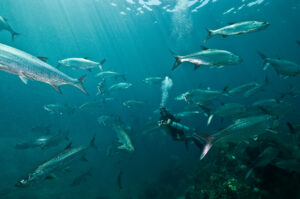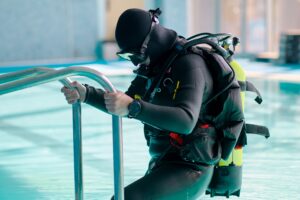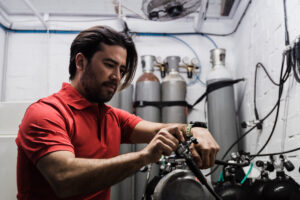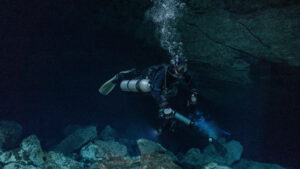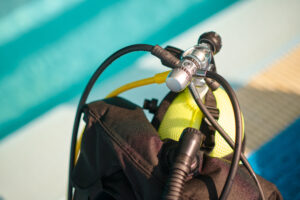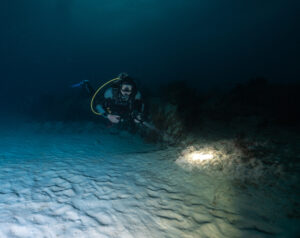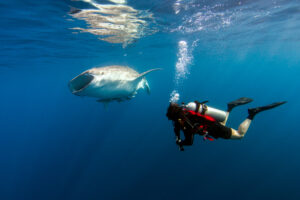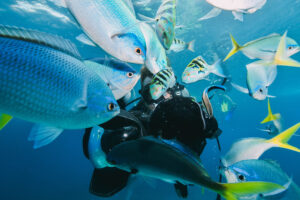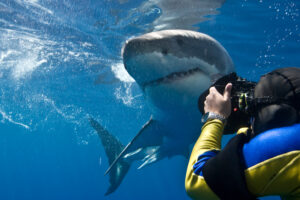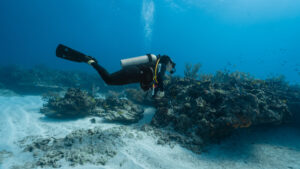What is a Wing?
The wing-style back inflation buoyancy compensator (BC) cell is an integral piece of scuba diving equipment designed to provide divers with control over their buoyancy while underwater. This innovative design, which separates the buoyancy cell from the harness system, has gained popularity among divers for its streamlined, customizable, and comfortable fit. This 1000-word encyclopedia entry will discuss the key features, functions, and benefits of the wing-style back inflation buoyancy compensator cell.
History and Development
The wing-style back inflation buoyancy compensator cell was developed as an alternative to the more traditional jacket-style BCs. The concept originated in the late 20th century, with the first commercial wing-style BCs entering the market in the 1990s. The design has since evolved, with manufacturers continually refining and enhancing the features to meet the needs of various diving communities, from recreational divers to technical and cave divers.
Design and Components
A wing-style back inflation buoyancy compensator cell consists of three primary components: the buoyancy cell, the backplate, and the harness. The buoyancy cell is an inflatable bladder, usually constructed from durable materials like heavy-duty nylon or Cordura, which is connected to the diver’s air source via a low-pressure inflator hose. When inflated, the buoyancy cell provides lift to counteract the diver’s weight and maintain neutral buoyancy.
The backplate is the rigid structure to which the buoyancy cell and harness are attached. It is typically made of materials such as stainless steel, aluminum, or carbon fiber, offering varying levels of weight, durability, and corrosion resistance. The backplate is designed to evenly distribute the weight of the diver’s equipment and provide a stable platform for attaching accessories.
The harness system is composed of adjustable webbing straps that secure the diver’s body to the backplate. The simplicity of the harness allows for a custom fit, with divers able to adjust the straps for their body shape and diving preferences. Many wing-style BCs also include a crotch strap, which prevents the harness from riding up during the dive.
Advantages and Benefits
The wing-style back inflation buoyancy compensator cell offers several advantages over traditional jacket-style BCs:
Streamlined Profile
With the buoyancy cell located on the diver’s back, the wing-style BC provides a more streamlined profile, reducing drag and allowing for more efficient movement through the water. This feature is particularly beneficial for technical divers navigating tight spaces, such as wreck or cave divers.
Customizable Fit
The wing-style BC’s modular design enables divers to tailor the equipment to their specific needs and preferences. The backplate and harness can be easily adjusted, and divers can choose from a range of buoyancy cells with different lift capacities to suit their diving activities and equipment.
Enhanced Stability and Trim
The back inflation design of the wing-style BC promotes a horizontal body position, allowing for better control of the diver’s trim and balance. This enables divers to maintain a more stable position in the water, which is essential for tasks such as underwater photography or videography.
Easier Equipment Management
With no air pockets on the sides or front, wing-style BCs allow for better organization of diving equipment. Accessories can be attached to the backplate’s D-rings, minimizing clutter and ensuring that essential items are easily accessible.
Adaptability
The modular design of the wing-style BC allows for easy upgrades or modifications. For example, divers can switch between single-tank and double-tank configurations by simply changing the buoyancy cell.
Considerations and Limitations
While the wing-style back inflation buoyancy compensator cell offers numerous benefits, it may not be suitable for every diver or diving situation:
Learning Curve
The wing-style BC’s minimalist design and harness system can initially be less intuitive for new divers compared to jacket-style BCs. Therefore, it may require additional training and practice to become comfortable with the equipment and achieve optimal buoyancy control.
Surface Flotation
The back inflation design tends to force the diver into a face-down position when floating on the surface, which may be less comfortable and require more effort to maintain a face-up position. This can be mitigated with proper weighting and buoyancy control techniques.
Cold Water Diving
In cold water environments, divers often wear thick exposure protection, such as drysuits, which can affect the fit of the wing-style BC. In some cases, a larger buoyancy cell or additional adjustments to the harness may be necessary to accommodate the increased bulk.
Inflator Hose Routing
Due to the positioning of the buoyancy cell, the low-pressure inflator hose on a wing-style BC may require a longer length and specific routing to prevent kinks or obstruction. This can increase the complexity of the setup and require additional attention during equipment assembly and disassembly.
Suitability for Snorkeling
The wing-style BC’s face-down flotation tendency may not be ideal for snorkelers who need to maintain a face-up position while swimming on the surface. A jacket-style BC, which promotes a more comfortable upright flotation, may be more suitable for snorkeling activities.
Key Takeaways
The wing-style back inflation buoyancy compensator cell has gained popularity among divers for its streamlined, customizable, and comfortable design. Offering several benefits over traditional jacket-style BCs, it has become a preferred choice for technical divers and those seeking enhanced stability, trim, and equipment organization. However, it may not be suitable for every diver or situation, and potential users should carefully consider the learning curve, surface flotation characteristics, and suitability for specific diving environments before making the switch. Ultimately, the choice of a buoyancy compensator should be based on personal preferences, comfort, and diving requirements, ensuring the best possible diving experience.

